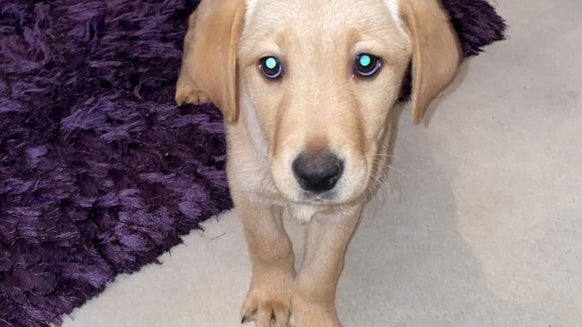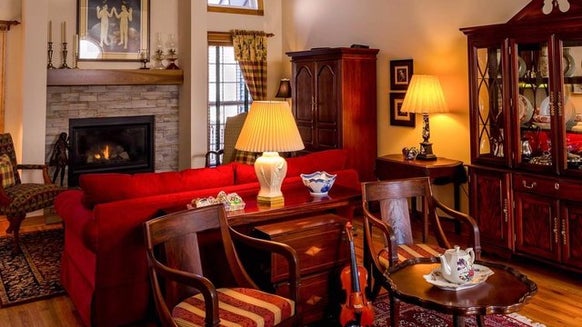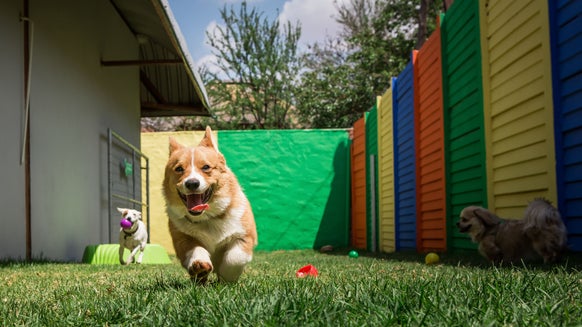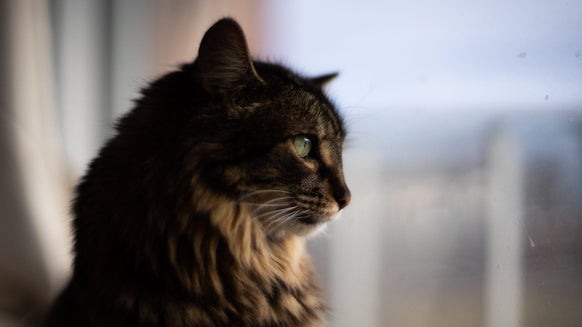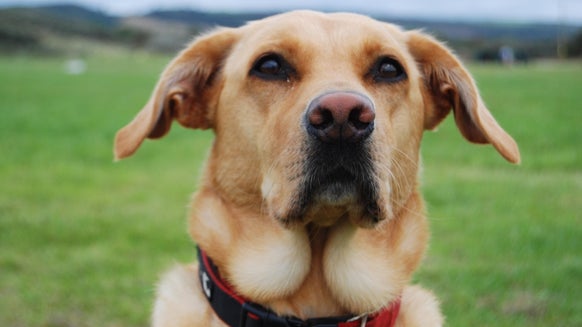Caring for Your Guinea Pig in Winter
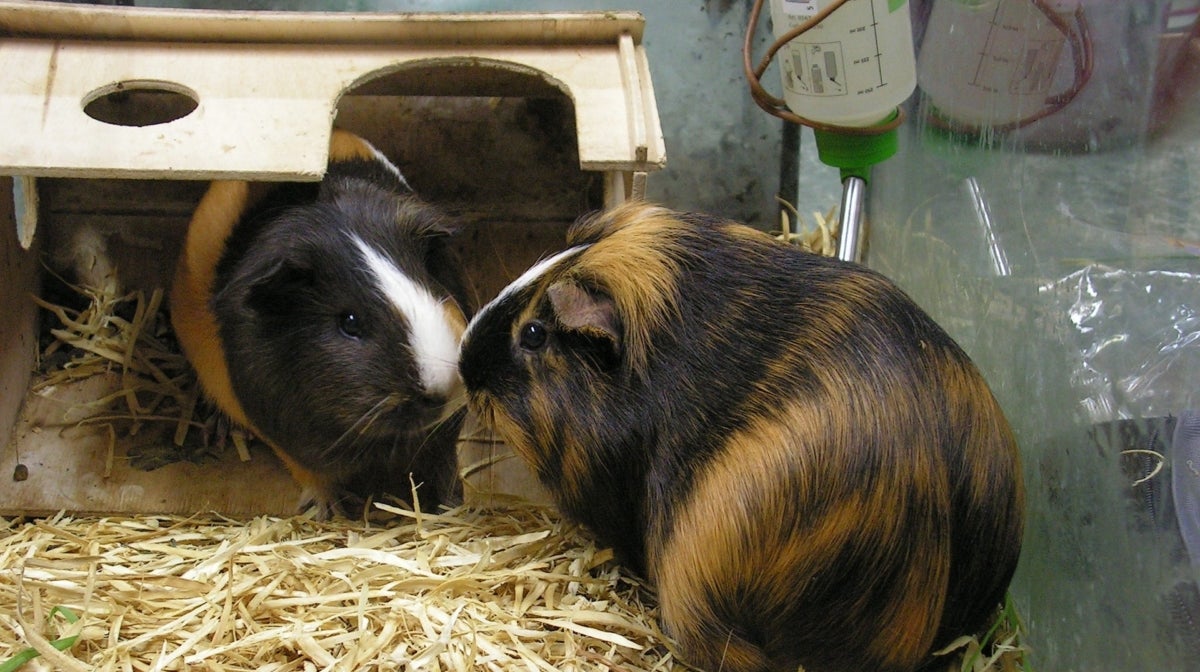
The colder months can be a nice break from the summer heat for our furry friends, however we must not think there's nothing to worry about! Winter can bring a range of problems to our much loved guinea pigs, such as skin and respiratory conditions; behaviour can also be affected greatly. Marie Channer from the Wood Green Animal Shelter gives us some useful tips on how to care for your guinea pig in winter.
Companionship & Behaviour
Guinea pigs should never be housed on their own; they are social creatures that depend on the companionship of their own kind, especially for comfort and communication. Living in pairs or small groups will help comfort them all year round, not just the winter. The best matches are a pair of males, a castrated male to one or more females, or two or more females. Contact your local rescue centre for more advice on pairing.
Closed quarters can cause hostility
During the winter months guinea pigs inevitably spend more time in their outdoor hutches or indoor cages for longer periods. Guinea pigs, both male and females, can become territorial; fighting or behaviour problems are often more common during this time. Behaviour such as teeth chattering, open mouths whilst rearing up and biting are all possible signs of a bond break down. Space is key!
Housing them in large spacious hutches or indoor cages with regular enrichment changes will help. Wooden Wendy huts and tunnels help prevent territorial behaviour. They also help demonstrate natural behaviour of running through long grassy tunnels as their wild relations would do.
Housing & Bedding
Housing your guinea pigs indoors during winter, or all year round, is a fantastic way of keeping them warm and happy. It also aids your ability to spot any signs of ill health or behaviour problems. However, remember that they will still require "floor time" and access to grass.

If you are unable to house them indoors then it is vital your hutch is winter ready, predator secure and well-maintained all year round. You should clean the hutch weekly, and ensure it is dry before you add bedding. You would also replace swivel latches with bolts. Ideally, bring the hutch into a shed or outdoor building. A window is essential for natural light, and the building should be used to keep chemicals or fume producing machines.
Keep your guinea pig dry
Keeping the hutch dry is key to your guinea pigs health; damp or mouldy conditions can cause respiratory and fungal conditions, which can prove fatal to your guinea pigs. Heat pads such as snuggle safes are ideal for winter. A couple of these can be placed in the hutch during the night to keep the chill off and provide a warm spot for them to rest on. Exposed hutches and a lack of hides with poor bedding can cause your guinea pigs to suffer frost bite, or even die from the cold.
Hutch huggers and covers are also available, but you must ensure plastic ones allow for ventilation. Placing old carpet on the outside of the hutch can also insulate it. Providing your guinea pigs with several hides and houses for them to snuggle in is very important. Hedgehog boxes make great insulated huts to put inside the hutch or indoor cage. Cardboard boxes and even plastic cat carriers with fleece blanket or towels make lovely cosy spots. Or why not treat your guinea pigs to some fleece snuggle beds? They love them!
Avoid using wood shavings
Bedding is also exceptionally important. Wood shavings are one of the worst products you can use for your guinea pigs, despite traditional beliefs and practices; this can become damp and cause fungal problems as well as respiratory problems. They also often contain parasites such as fur mites, which will cause a lot of discomfort to your guinea pigs. A simple, yet perfect, solution is to place a thick layer of newspaper at the base and cover it with a thick layer of good quality green meadow. This will enable your piggies to eat the healthiest diet and snuggle in a safe bedding. Other base options such as Megazorb, Care Fresh or fleece are also lovely for keeping your guinea pigs dry, warm, and skin issue free.
Feeding Your Guinea Pigs & Water Management
To help keep your guinea pigs healthy in the winter it is important that they maintain a healthy diet. Good quality green meadow hay should make up 85% of their diet; they should eat their body weight in hay every day!
Make sure food and hay are safely stored away from mice and rats who may take winter refuge in your sheds, as these can pass on health issues. Also make sure old food is removed and damp patches are cleaned daily to avoid health issues and attracting slugs.

Good veg for the winter months
A good quality dry feed is very important. Avoid muesli styles that contain sugary items or colours; a good quality pellet feed is best, and a small handful per guinea pig each day is plenty. Fresh food is also very important, they should receive a mixture daily. Vegetables such as cabbage (red & green), corn on the cob (leaves included), banana (skin included), Brussels sprouts and broccoli are all great winter feeds. Also consider safe garden plants; roses (leaves and petals), bramble leaves, apple twig prunings, raspberry cane leaves, and even dried out stinging nettles are all great and can be dried and given as treats throughout the winter.
Bring nature inside
During the really cold, wet or snowy weather, your piggies won’t be able to go out on the grass in their run. If this is the case, bring the outdoors…indoors! Grow pots or herbs such as mint and thyme, strawberry leaves or grass trays to keep them healthy and happy.
Water bowl or water bottle?
Guinea pigs often prefer drinking from a water bowl than a bottle. If you use a bowl, place it securely on a snuggle safe pad to keep the water from freezing during the winter. Bottle covers are also available but often it is the metal spout that starts the freezing process, so they don’t always work as well as hoped. Make sure you check the water before you go to bed and first thing in the morning to prevent your guinea pigs being with out water if it freezes, and also in case the bottle or bowl has leaked or spilt resulting in a damp, frozen bed.
Marie joined the Wood Green Animal Shelter 12 years ago as a work experience student where she quickly discovered that small animals where her passion. Marie has headed up the small animal department for over 10 years and holds regular care workshops for pet owners, as well as contributing articles to several pet publications.

